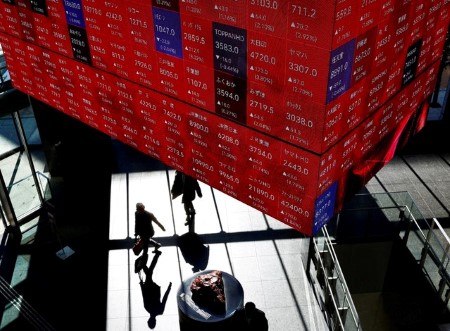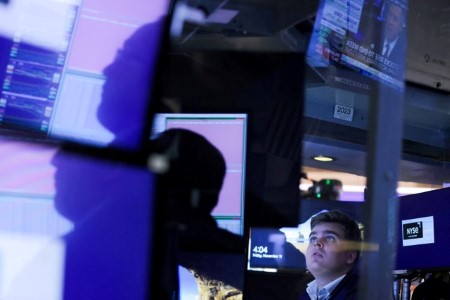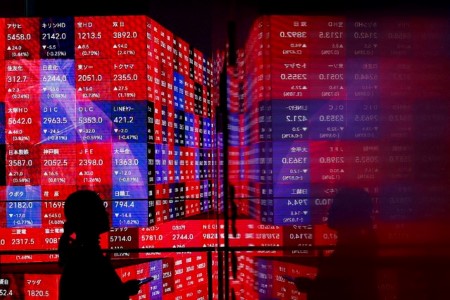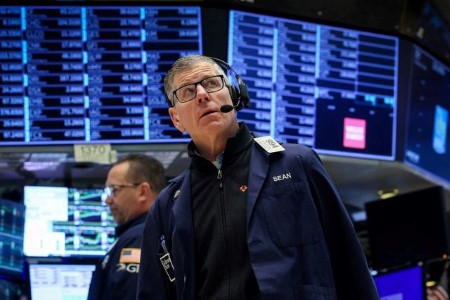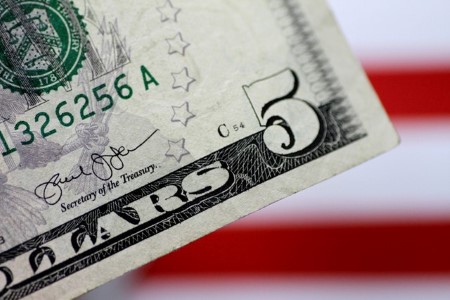April 4 – A pause in the global bond market selloff, stabilization on Wall Street and a softer dollar should all help support Asian markets on Thursday, as investors also turn their eyes to US Treasury Secretary Janet Yellen’s visit to China.
The Asia and Pacific economic calendar on Thursday is extremely light, with only Australian and Indian services purchasing managers index reports on tap, leaving investors to take their cue from global market moves and events.
Chief among them will be Federal Reserve Chair Jerome Powell’s reiteration on Wednesday that policymakers can take their time deliberating over when to deliver their first rate cut, and that it remains “too soon” to judge whether recent stronger-than-expected inflation is “more than just a bump.”
The recent whittling away of US rate cut expectations – rates markets no longer fully expect a move in June or 75 basis points of easing in total this year – has recently begun to squeeze bond and stock markets around the world.
But Powell didn’t scare the horses any further on Wednesday. In addition, figures also showed service sector prices pressures cooled significantly last month and the dollar had its steepest fall in a month, which should help Asian stocks on Thursday claw back some of the previous day’s losses.
Yellen lands in China as evidence mounts that the economy may finally be emerging from its post-lockdown funk. The latest services PMIs strengthened that view, and Citi’s China economic surprises index is at its highest level in almost a year.
The Caixin/S&P Global services purchasing managers’ index (PMI) edged up to 52.7 in March from 52.5 the month before, above the 50-mark that separates expansion from contraction for the 15th consecutive month.
China’s tentative recovery is also supporting the continued rise in global commodity prices. Oil edged closer to USD 89 a barrel on Wednesday, copper hit a 13-month peak and gold printed yet another record high.
Gold has risen in 26 of the last 35 trading days, in which time it has surged 15%.
Investors will be wary of further aftershocks following a 7.2 magnitude earthquake that rocked Taiwan on Wednesday, the island’s biggest in 25 years. Shares in global chipmaking giant TSMC fell 0.9% after it said some facilities were evacuated following the quake, though workers have since returned.
India’s services PMI figures, meanwhile, will be closely watched to see if they match the strength of the manufacturing PMI earlier this week. Manufacturing in March expanded at the fastest pace in 16 years and hiring increased at the strongest rate in six months.
Here are key developments that could provide more direction to markets on Thursday:
– Australia services PMI (March)
– India services PMI (March)
– US Treasury Secretary Janet Yellen visits China
(By Jamie McGeever; Editing by Josie Kao)







 DOWNLOAD
DOWNLOAD




